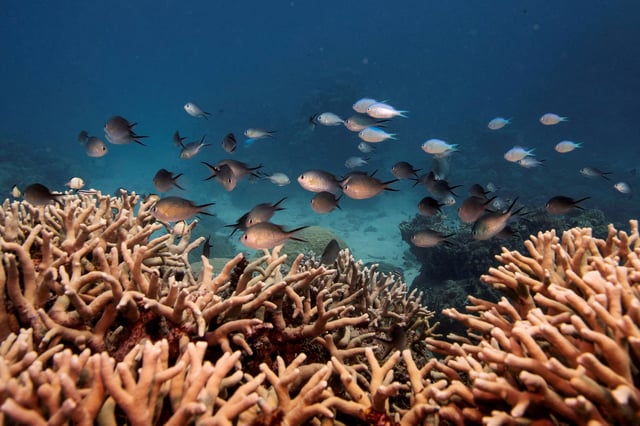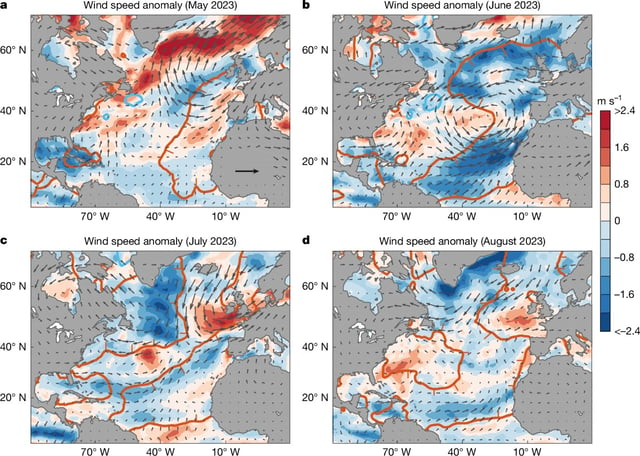Overview
- The WMO reports that in 2024 nearly 40 million km² of South-West Pacific waters experienced marine heatwave conditions—an area five times the size of Australia.
- Scientists found that record weak winds and increased solar radiation in summer 2023 heated North Atlantic surface waters as much as two decades of typical climate-driven warming.
- Persistent marine heatwaves have triggered mass coral bleaching on the Great Barrier Reef and caused extensive fish kills in Australian waters.
- Sea levels in the South-West Pacific rose by almost 4 mm per year in 2024, outpacing the global average and putting low-lying island nations at greater risk of displacement.
- WMO experts caution that without rapid cuts to greenhouse gas emissions, the frequency and intensity of marine heatwaves and related extreme weather events will intensify over coming decades.



